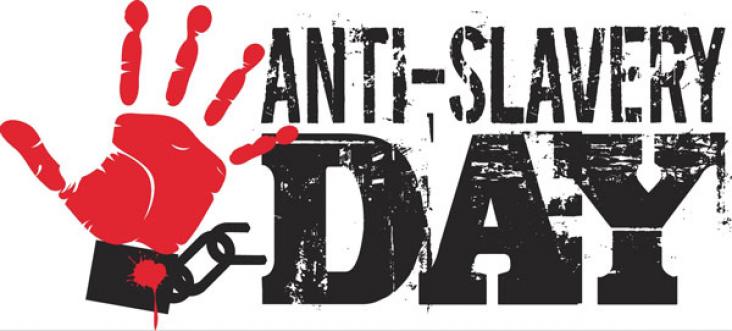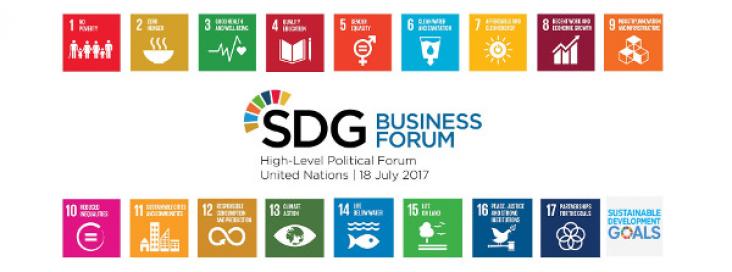Background Mental illness is one of the most rapidly increasing causes of long-term sickness absence, despite improved rates of detection and development of more effective interventions.

World Travel Market London provides a unique opportunity for the whole global travel trade to meet, network, negotiate and conduct business. For many years, WTM London has organised World Responsible Tourism Day, with the support of the United Nations World Tourism Organization. This is the world’s largest industry event focused on efforts to make the industry more responsible and sustainable. Each year leading figures from the industry, along with representatives of civil society and key organisations, gather to discuss the key issues facing the sustainable development of tourism

Modern slavery risks have risen across the world over the last year, including in 20 of the 28 member states of the EU. On Anti-Slavery Day, this blog looks at the increased risks and numbers of victims of forced labour in supply chains, and how to mitigate these risks contributing to goal 8 (decent work and economic growth).
The global electronics industry is one of the largest industrial sectors in the global economy, generating more revenue than any other goods-producing sector. This report examines the supply chain risks of forced labour across the industry, and manufacturing and mining in two key countries: Malaysia and the Democratic Republic of the Congo. It includes an analysis of top electronics brands. This report highlights the challenges in advancing target SDG 8.7 to take immediate and effective measures to eradicate forced labour, end modern slavery and human trafficking.
A new criminal corporate offence of failing to prevent facilitation of tax evasion comes into effect on 30 September 2017 in the UK. This development supports SDG 8 Decent work and economic growth and SDG 16 Peace, justice and strong institutions.
Large employers in the UK with a financial year running from April to March should be gearing up to publish their second annual modern slavery statement by the end of September 2017. Modern slavery statements support SDG 8.7 to take immediate and effective measures to eradicate forced labour, end modern slavery and human trafficking.

Correspondent banking is the cornerstone of the global payment system, designed to serve the settlement of financial transactions across country borders. It allows companies and individuals to safely move money around the world and supports and encourages global trade. Since the financial crisis, tighter regulations - and in particular the regulatory penalties imposed for violations of anti-money laundering (AML) – have caused western banks to rethink their global strategy. The risks of doing business in many developing nations are beginning to be seen as outweighing the financial benefits brought by correspondent banking activity. As a result, US and European banks have reduced their correspondent banking activity in the riskiest regions.
We put to work recent efforts to decolonise trauma theory in the context of our experience of writing and performing in the Philippines our testimonial theatre play about Canada's Live-In Caregiver

In July the 2017 Sustainable Development Goals (SDG) Business Forum recognised the critical role of business in delivering on the promise of sustainable and inclusive development. In this article, we elaborate on the SDG business case, and how businesses can engage with the SDG framework; driving business growth and productivity, whilst contributing to the better world envisaged by the 2030 Agenda for Sustainable Development.
Businesses with a year-end of 31 March 2016 were the first ones required to publish their modern slavery and human trafficking statements to comply with the UK Modern Slavery Act. One year later, several reports have measured and scrutinised the quality of businesses' modern slavery statements.
SDG target 8.7 is to take immediate and effective measures to eradicate forced labour, end modern slavery and human trafficking and secure the prohibition and elimination of the worst forms of child labour, including recruitment and use of child soldiers, and by 2025 end child labour in all its forms.
